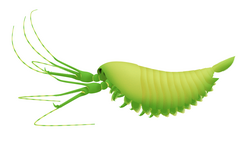| Marble Canyon | |
|---|---|
 Marble Canyon | |
| Geography | |
| Country | Canada |
| Province | British Columbia |
| Regional district | Kootenay Land District [1] |
| Coordinates | 51°10′59″N116°08′03″W / 51.18306°N 116.13417°W [1] |
Marble Canyon surrounds Tokumm Creek just above its confluence with the Vermilion River, at the north end of Kootenay National Park in the Canadian Rockies of British Columbia. [1] South of the canyon on Highway 93 is Numa Falls on the Vermilion River.
Contents
As described by Canadian Alpine Journal in 1913, "[Tokumm Creek] joins Vermilion River through a magnificent gorge, or box canyon, so narrow that at several places the fissure, for it seems little more than a crack in the rock strata, is bridged by great boulders that have become wedged across it. It was a feature well worth seeing." [2]






